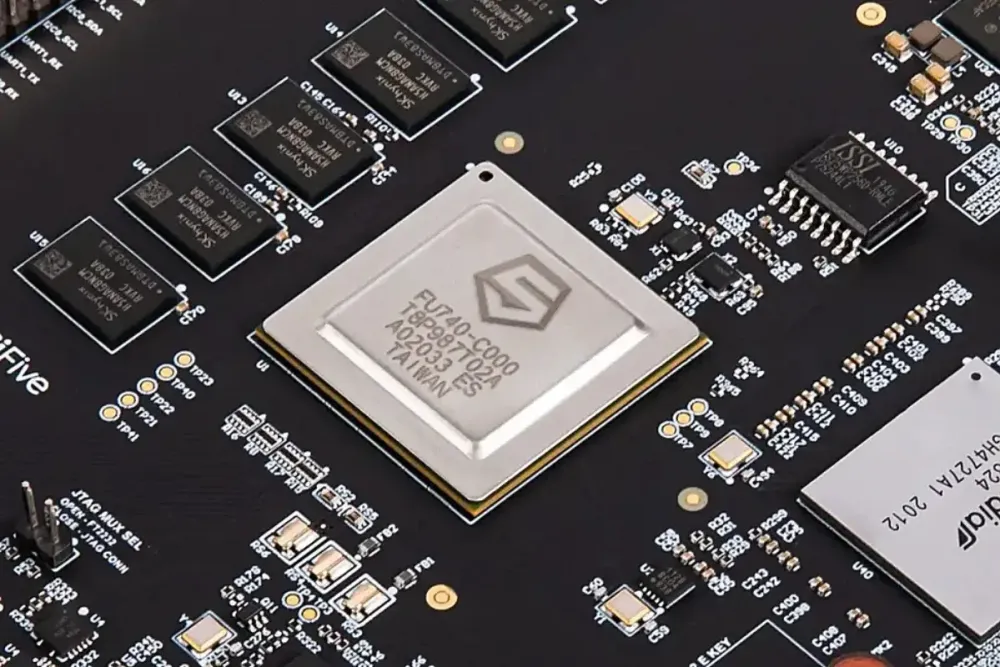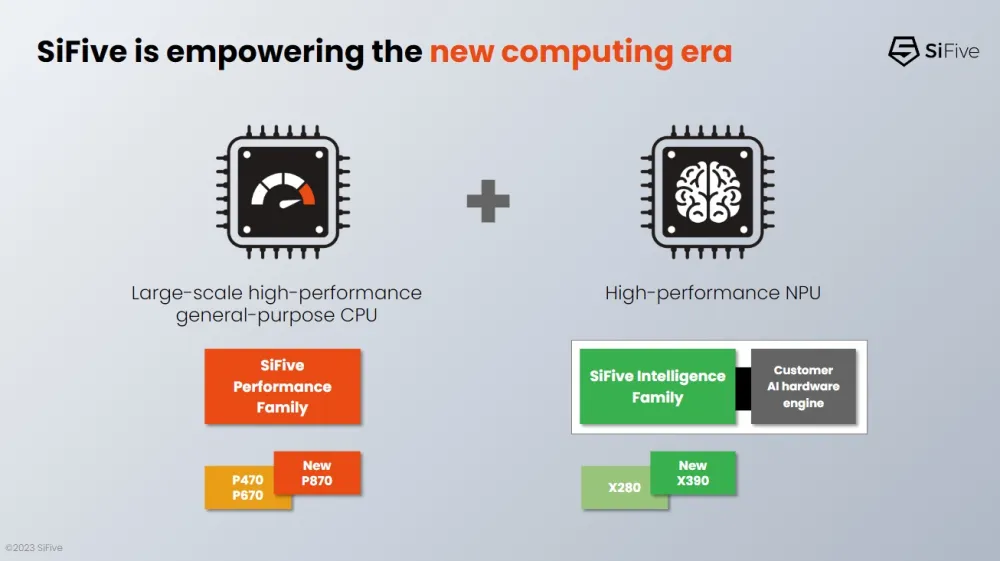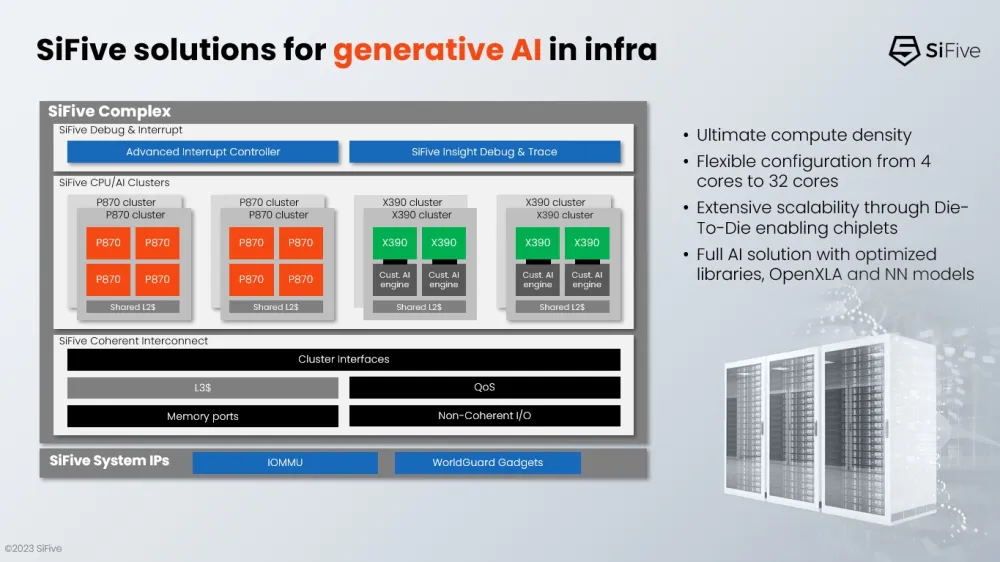SiFive launches differentiated solutions for automatically generated AI applications
SiFive has unveiled a distinctive solution tailored for autogenetic artificial intelligence applications, simultaneously launching the SiFive Performance P870 and SiFive Intelligence X390 design strategies. These initiatives cater to the demands of high-performance computation and low-power operation, rendering them suitable for foundational infrastructure, consumer electronics, and automotive application domains.

The SiFive Performance P870 design caters to high-performance computational applications in consumer devices or can synergize with vector processors built for data center requirements to amplify computational prowess. Equipped with six wide out-of-order cores, it boasts a 50% peak single-thread performance enhancement (specINT2k6) over its predecessor from the SiFive Performance series. Adhering to the RVA23 Profile design guidelines, it features a shared cluster cache and supports up to 32-core clusters. This design allows for the execution of more instructions, more logical operations, or more task partitioning in every cycle when operating at high throughput.

Moreover, the SiFive Performance P870 design is fully compatible with Google’s requirements for the RISC-V architecture on the Android platform, thereby facilitating the design of more products within the Android ecosystem.
The recently introduced SiFive Intelligence X390 design strategy builds upon the foundation of the SiFive Intelligence X280. It remains apt for artificial intelligence applications and addresses the hardware acceleration needs of mobile devices, foundational infrastructure, and automotive applications.
Bolstered by its single-core configuration, doubled vector length, and bidirectional vector ALU, the SiFive Intelligence X390 amplifies vector computational efficiency by fourfold, concurrently augmenting continuous data bandwidth by the same magnitude. This culminates in a significant overall performance enhancement. Additionally, it facilitates the expansion of customized vector instructions or accelerates hardware design via the SiFive Vector Coprocessor Interface Extension (VCIX), catering to specific performance enhancement requisites.

Furthermore, SiFive articulated that its clientele has already harnessed its designs to forge high-performance processor products now transitioning into commercial application phases. Moving forward, SiFive aims to expand collaborations with industry partners, thereby promoting the software flexibility, security, and application advantages inherent to open standard ecosystems.






